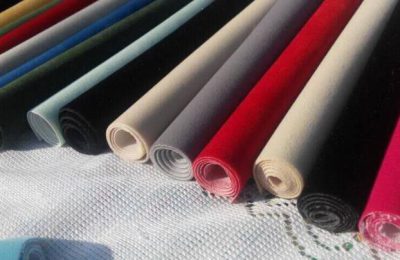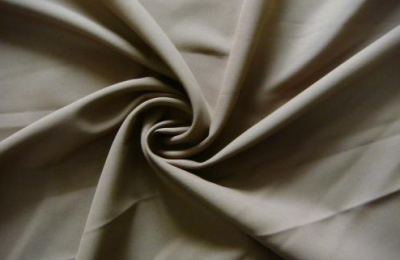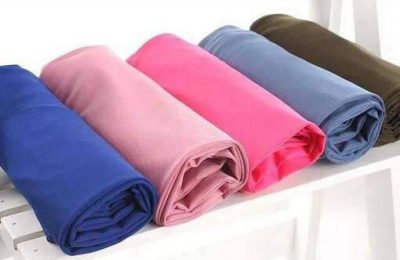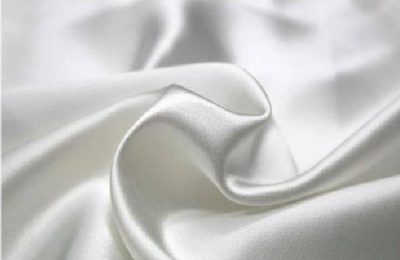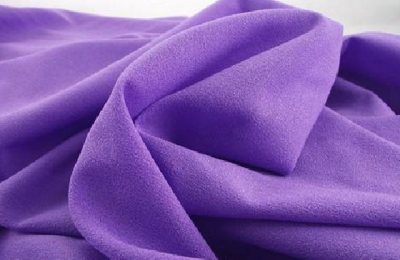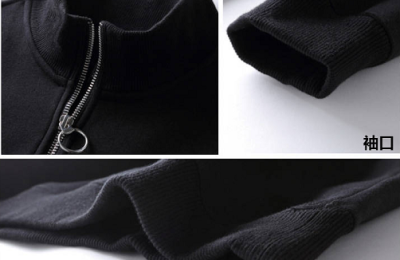Filtration is currently one of the most common methods for separating solid particles from liquids, and filtration requires some filtering materials and equipment.
Today we will talk about mask membrane filter materials.
As the number of epidemics continues to grow and its scope continues to spread, everyone’s awareness of wearing masks has also greatly increased. Mask products in major domestic convenience stores, pharmacies and other retail channels have been sold out.
Due to the spread of the novel coronavirus pneumonia epidemic, masks have become a scarce commodity.
This has also made its important raw material-mask membrane filter material the focus of the industry.
We usually say that masks are non-woven materials. Compared with woven fabrics, non-woven fabrics are non-woven fabrics and are made of directional or random fibers.
Specifically, the raw materials for masks are all polypropylene (PP). Medical masks generally have a multi-layer structure, generally referred to as SMS structure.
From the perspective of mask materials, polypropylene high-melt non-woven special materials have become the best choice and can be used in many aspects such as disposable surgical gowns, sheets, masks, covers, and liquid-absorbent pads.
The mask membrane filter material adopts a special processing technology and is a microporous film made by calendering, extrusion, biaxial stretching and other methods.
This kind of membrane has excellent breathability, corrosion resistance, aging resistance, high temperature resistance and other properties.
Three-dimensional mesh structure, no through holes.
The porosity and pore size distribution are important indicators for measuring films.
The porosity of the film is generally between 80% and 95%. A high porosity will increase the ventilation; the pore size distribution is concentrated, indicating that the membrane pore size is uniform.
</p



